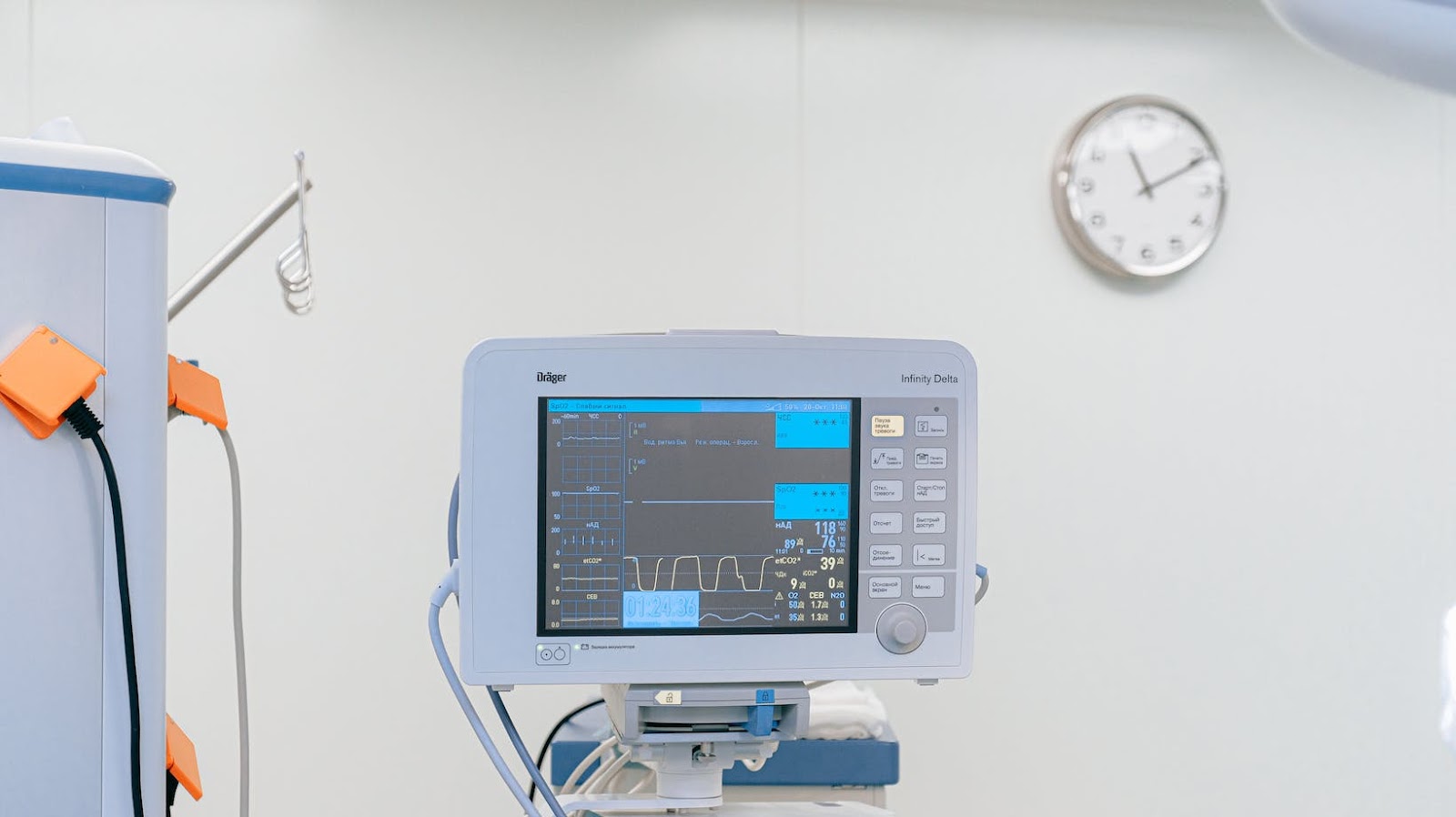At what Point During Resuscitation is a Cardiac Monitor Recommended
When it comes to resuscitation, timing plays a crucial role in determining the success of the intervention. As an expert in the field, I have witnessed firsthand how the timing of various interventions can make a significant difference in outcomes for patients. In this section, I will provide you with a deeper understanding of resuscitation and the specific points where timing is critical.
1. Early Recognition and Activation
The first and most fundamental step in resuscitation is the early recognition and activation of the emergency response system. This involves promptly identifying a patient in need of resuscitation and activating the appropriate medical personnel and resources. The sooner this is done, the higher the chances of a positive outcome.
2. Immediate CPR
Cardiopulmonary resuscitation (CPR) is a lifesaving intervention that helps maintain blood flow and oxygenation to vital organs when the heart has stopped. Once the emergency response team is activated, immediate CPR should be initiated. Every minute that passes without CPR reduces the chances of survival, so starting chest compressions without delay is crucial.
3. Rapid Defibrillation
In cases of cardiac arrest due to certain arrhythmias, such as ventricular fibrillation, rapid defibrillation is essential. Defibrillation delivers an electrical shock to the heart, helping restore its normal rhythm. The sooner defibrillation is performed, the greater the chance of successfully restoring a normal heartbeat.
4. Early Administration of Medications
Certain medications, such as epinephrine or adrenaline, may be necessary during resuscitation to support the cardiovascular system. Administering these medications early in the resuscitative process can help improve outcomes. However, it’s important to ensure that the correct dosage and timing are followed, as inappropriate medication administration can have adverse effects.
5. Timely Advanced Life Support
In some cases, basic life support measures are not enough, and advanced life support interventions are required. This may include advanced airway management, intravenous medications, or specialized procedures. The timing of these interventions, as well as the expertise and coordination of the healthcare team, can greatly impact the patient’s chances of survival.
The Critical Window
Resuscitation involves a series of interventions aimed at restoring circulation and oxygenation to a person in cardiac arrest. While every step is crucial, there are certain points during resuscitation that demand immediate attention. This critical window, often referred to as the “golden period,” encompasses the early stages of an emergency and sets the stage for the success of subsequent interventions.
During this critical window, the following actions need to be taken promptly:
- Recognition and Activation: It is essential to recognize the signs of cardiac arrest as early as possible and activate the emergency response system immediately. Every second counts, and the quicker emergency medical services (EMS) are alerted, the sooner advanced life support can be initiated.
- Immediate CPR: The immediate initiation of cardiopulmonary resuscitation (CPR) is crucial in maintaining blood flow and oxygenation to vital organs. CPR, which includes chest compressions and rescue breaths, should be started without delay to increase the chances of a successful outcome.
- Rapid Defibrillation: For individuals experiencing ventricular fibrillation or ventricular tachycardia, early defibrillation is critical. The use of an automated external defibrillator (AED) or a defibrillator in a healthcare setting can restore the heart’s normal rhythm and improve the chances of survival.
Factors Affecting Timing
Several factors can influence the timing of interventions during resuscitation:
- Awareness and Training: Healthcare providers with sufficient knowledge and training in resuscitation techniques can act more quickly and confidently during emergencies. Regular training and updates on resuscitation guidelines ensure that healthcare professionals are well-prepared to provide timely interventions.
- Access to Resources: Availability and accessibility of resources, such as AEDs and emergency medications, can significantly impact the timing of interventions. Ensuring that these resources are easily accessible in healthcare settings and public locations can expedite treatment and improve outcomes.
- Team Coordination: Effective coordination and communication among the resuscitation team members are essential for timely interventions. Clear roles, responsibilities, and a well-defined chain of command can streamline the resuscitation process and minimize delays.
By understanding the critical window and the factors that affect timing, healthcare providers can optimize their response during resuscitation and maximize the chances of a positive outcome for their patients.
Early Phase of Resuscitation
During the early phase of resuscitation, time is of the essence. It is crucial to recognize the signs of cardiac arrest and activate the emergency response system immediately. By doing so, we can ensure that help arrives as quickly as possible.
Once the emergency response system is activated, immediate CPR should be initiated. Starting CPR promptly can help maintain blood flow to vital organs and increase the chances of survival.
By understanding the critical window and considering these factors, we can optimize our response during resuscitation and give our patients the best chance of survival.


